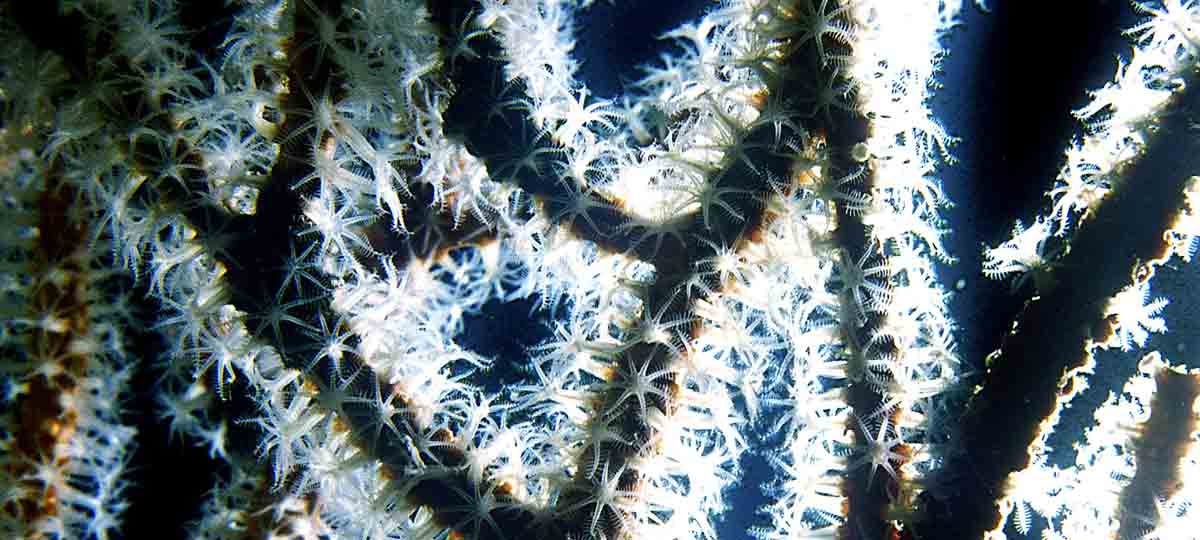Author / Editor: Iñaki Quincoces, Luis Arregi, Mikel Basterretxea, Ibon Galparsoro, Joxe Mikel Garmendia, Jesús Martínez, José Germán Rodríguez, Ainhize Uriarte (AZTI-Tecnalia)
Year: 2011
Content: The European Marine Strategy Framework Directive (Directive 2008/56/EC), establishes a framework and common objectives for the protection and conservation of the marine environment. This Directive requires the implementation of all measures necessary to achieve the Good Environmental Status by 2020, according to 11 qualitative descriptors: (i) biodiversity, (ii) non-native species, (iii) commercial species, (iv) food webs, (v) eutrophication, (vi) seabed integrity, (vii) hydrography, (viii) pollutants, (ix) contaminants in biota, (x) marine litter and (xi) energy and noise (European Commission, 2008). With the aim of improving the knowledge of the environmental status of the Basque coast, in relation to the descriptors i, ii, iii, iv and vi, a new survey named Cape Breton 2010 and deployed by AZTI-Tecnalia was carried out, using the Gure Gaskuña vessel. The information produced here will be used to meet the information required which was detected in a preliminary assessment of the environmental status performed by Borja et al. (2011). Demersal fauna was sampled undertaking 22 trawls, and 24 grab samples were collected for substratum and macrofauna characterization. The sampled depth ranged from 30 m to 359 m and the area surveyed with trawls was 7.21 km2.
A total of 72 species of fish and cephalopods, and 59 taxa of epibenthic invertebrates were identified by trawling survey sampling; whereas a total of 360 taxa of macroinvertebrates were identified in the grab samples. Two types of fish communities were identified depending on depth and substrate type. One of them was located at shallow-waters and it was characterized by a greater diversity of species; the other one was located at deeper water depth and it was characterized by lower species diversity and a clear dominance of few species in terms of biomass. Merluccius merluccius was found in all tows. Dominant species, in terms of biomass, of fish and invertebrates of commercial interest were: Trachurus trachurus, Scyliorhinus canicula, Micromesistius poutassou, Raja clavata and Merluccius merluccius. The most common invertebrates collected during the survey were found to be: Psilaster andromeda, Ophiura ophiura, Marthasterias glacialis, Parastichopus regalis and Pagurus alatus. Finally, the macrofauna taxa with greater presence were: Paradiopatra calliopae, Galathowenia oculata, nemerteans, Mediomastus fragilis, Terebellides stroemii, Sagitta sp., Copepoda, Poecilochaetus serpens and Monticellina dorsobranchialis. The structural parameters of the macrofauna showed a significant relationship with depth and sediment characteristics.
Contact: biblioteca@azti.es


